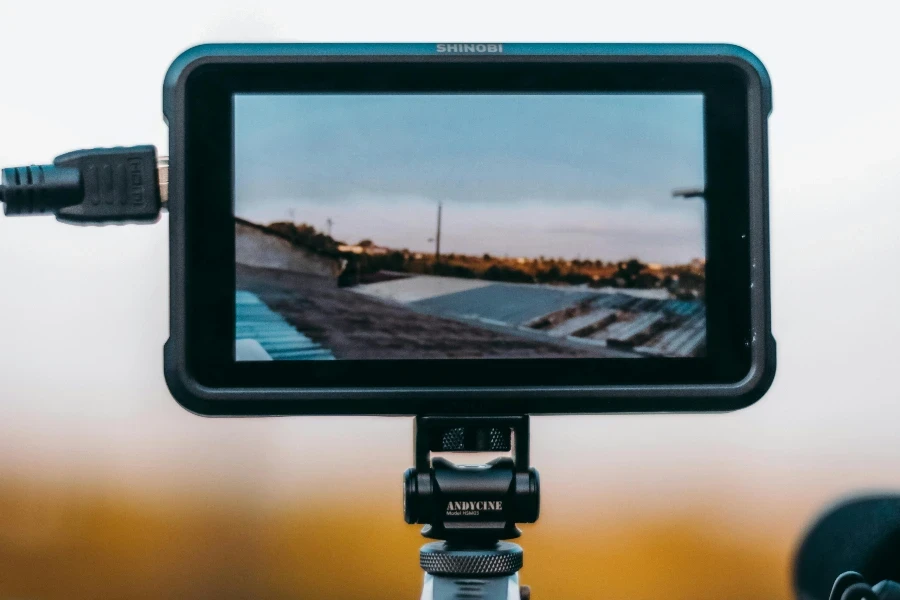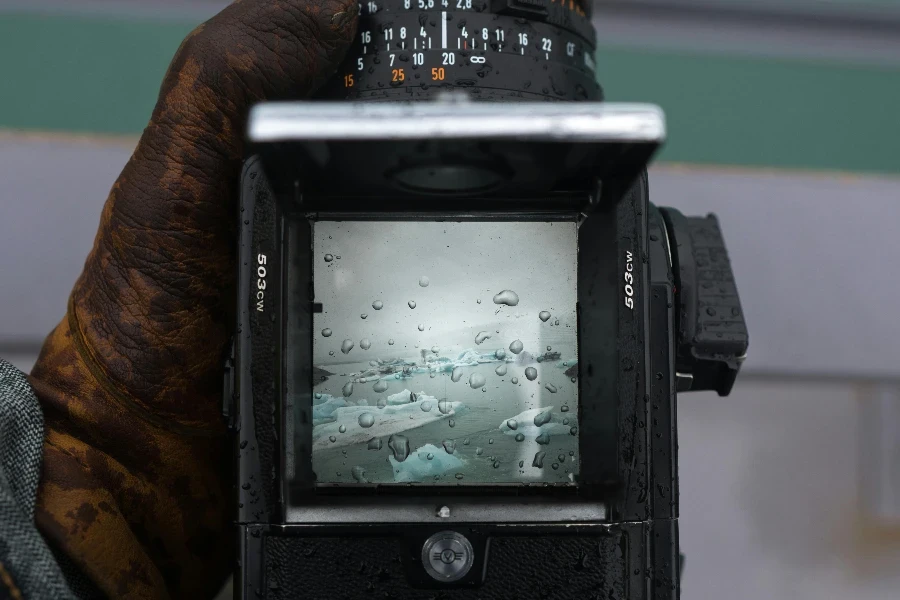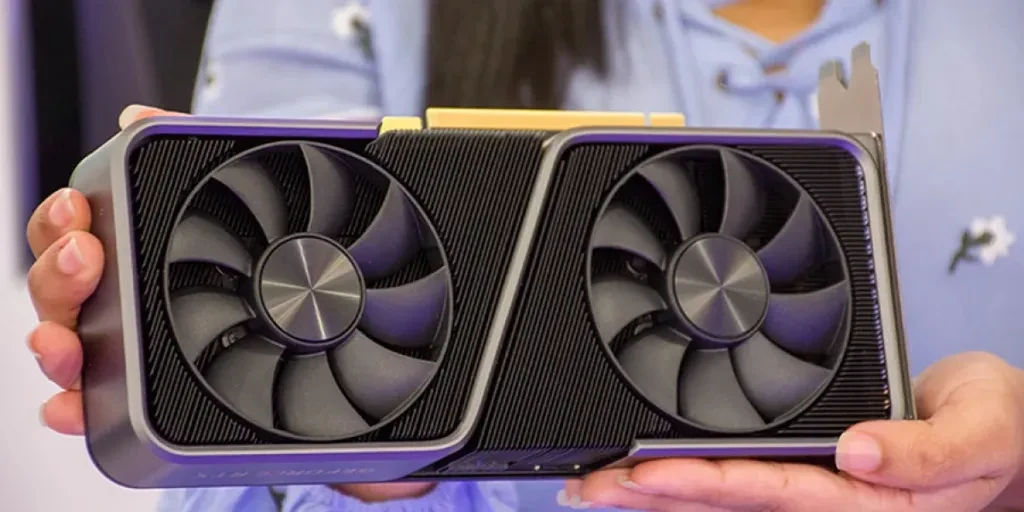The global digital camera market is poised for growth, with projections indicating a rise from USD 5.39 billion in 2024 to USD 6.83 billion by 2029. This expansion is driven by technological advancements and changing consumer preferences, creating valuable opportunities for business buyers in the digital camera market.
Table of Contents:
– Affordable Digital Cameras Market Overview
– Key Performance Benchmarks and Market Dynamics
– Market Trends and Innovations
– Key Factors When Selecting Affordable Digital Cameras
– Comparing Popular Models in the Affordable Range
– Understanding the Role of Accessories and Add-ons
– Future Trends in Affordable Digital Cameras
– Wrapping Up
Affordable Digital Cameras Market Overview

The global digital camera market is set for significant growth. The market size is estimated at USD 5.39 billion in 2024 and is projected to reach USD 6.83 billion by 2029, growing at a compound annual growth rate (CAGR) of 4.85% during the forecast period (2024-2029). Despite the shift towards smartphone cameras, the demand for digital cameras remains strong due to the need for high-quality photography and specialized features. In 2024, the United States is expected to generate USD 1.5 billion in revenue, with the volume reaching 3.7 million units by 2029.
The Asia-Pacific region is anticipated to witness the fastest growth due to increased disposable income and enthusiasm for photography. Major players like Sony Corporation, Canon Inc., and Nikon Corporation dominate the market, leveraging their extensive distribution networks and innovative products. The market is segmented into interchangeable lens cameras and built-in lens cameras, with interchangeable lens cameras being the largest segment due to their versatility and professional-grade capabilities.
Key Performance Benchmarks and Market Dynamics

Several key performance benchmarks and economic factors influence the market dynamics for affordable digital cameras. Higher megapixel counts, faster autofocus systems, and improved image stabilization are driving demand. For example, Fujifilm’s X-T4 mirrorless camera features a 26.1 MP APS-C sensor and 425-point autofocus, catering to both amateur and professional photographers. The rise of social media and content creation platforms has also increased the demand for high-quality cameras.
Economic factors, such as increased disposable income and the growth of e-commerce, contribute to market expansion. More individuals are taking up photography as a hobby, and the popularity of vlogging and content creation is rising. Seasonal demand patterns show a spike in camera purchases during holidays and major events, further driving growth. Distribution channels are shifting towards online platforms, with e-commerce and company-owned websites becoming primary sales channels.
Recent innovations include the development of mirrorless cameras, which offer advanced features, portability, and ease of use. For example, Sony’s Alpha 7R V features an AI processing unit for enhanced subject capture and recognition. The product lifecycle of digital cameras is characterized by rapid technological advancements, leading to frequent upgrades and new model launches. The digitalization of photography and the integration of smart features, such as cloud storage and connectivity, are enhancing the user experience.
Market Trends and Innovations

The increasing popularity of mirrorless cameras is driving market growth, with manufacturers like Fujifilm and Nikon investing heavily in user-friendly and advanced models. AI-driven features and high-resolution sensors are becoming standard in new models. The rise of social media and the demand for high-quality visual content are driving the adoption of cameras with advanced video capabilities, such as 4K resolution and external microphone inputs.
Environmental regulations and sustainability considerations are influencing the market, with manufacturers focusing on eco-friendly designs and materials. Customer pain points, such as the high cost of professional-grade cameras and the complexity of advanced features, are being addressed through more affordable and user-friendly models. Brand differentiation strategies focus on offering innovative features, superior image quality, and enhanced user experience to capture a larger market share.
In conclusion, the affordable digital camera market is poised for growth, driven by technological advancements, changing consumer preferences, and the increasing demand for high-quality visual content. Major players are focusing on innovation and strategic positioning to capitalize on emerging opportunities and maintain a competitive edge.
Key Factors When Selecting Affordable Digital Cameras

When choosing an affordable digital camera, several crucial factors ensure you get the best value for your money. Here are the key aspects to keep in mind:
Sensor Size
The sensor size significantly impacts image quality. Larger sensors capture more light, essential for high-quality images, especially in low-light conditions. An APS-C sensor, commonly found in entry-level DSLRs and mirrorless cameras, offers a good balance between size and performance.
Micro Four Thirds (MFT) Sensors: Smaller than APS-C but larger than most compact camera sensors, MFT sensors provide a good compromise between image quality and camera size. They are popular in affordable mirrorless cameras.
1-inch Sensors: Found in premium compact cameras, 1-inch sensors offer excellent image quality for their size, outperforming smaller sensors in budget point-and-shoot cameras.
Full-Frame Sensors: Rare in the affordable category, some older models or used full-frame cameras can occasionally fall into the budget range, providing exceptional image quality and depth of field control.
Lens Quality and Interchangeability
The lens quality significantly affects the sharpness, color accuracy, and overall aesthetic of photos. Affordable digital cameras often come with kit lenses that are versatile but may not offer the highest quality.
Fixed Lens Cameras: These cameras have a non-removable lens. While they limit flexibility, manufacturers often optimize the lens and sensor to work perfectly together, resulting in excellent image quality.
Interchangeable Lens Cameras: DSLR and mirrorless cameras allow users to swap lenses, providing greater creative control. Affordable models often come with a basic kit lens, but users can upgrade to better lenses over time.
Lens Aperture: Wider apertures (lower f-numbers) allow more light to reach the sensor, improving performance in low light and enabling a shallower depth of field for portrait photography.
Image Processing Capabilities
The image processor plays a vital role in determining the final image quality, affecting factors like noise reduction, color accuracy, and dynamic range.
Processor Speed: Faster processors enable quicker image processing, reducing lag between shots, and improving overall camera performance.
Noise Reduction: Advanced noise reduction algorithms are crucial for maintaining image quality in low-light conditions. Cameras with better processors handle higher ISO settings with less noise.
Dynamic Range: A good image processor helps capture a wider dynamic range, preserving details in both highlights and shadows.
Build Quality and Durability
The build quality affects a camera’s longevity and reliability, especially in challenging conditions.
Material: Cameras made with durable materials like magnesium alloy offer better protection against drops and rough handling compared to plastic bodies.
Weather Sealing: Some affordable cameras come with weather sealing, providing resistance against dust and moisture, which is essential for outdoor photography.
Ergonomics: A well-designed camera body with a comfortable grip and intuitive button layout enhances the shooting experience and reduces fatigue during extended use.
Video Capabilities
Many users look for good video capabilities in their digital cameras.
Resolution: Affordable cameras often offer Full HD (1080p) video recording, but some newer models also provide 4K video, which offers higher detail and clarity.
Frame Rate: Higher frame rates (e.g., 60fps) allow for smoother video and the ability to create slow-motion effects.
Autofocus: Reliable continuous autofocus is crucial for video recording to keep moving subjects in focus.
Comparing Popular Models in the Affordable Range

Canon EOS Rebel T7
The Canon EOS Rebel T7 is a popular choice among budget-conscious photographers. It features an APS-C sensor, providing excellent image quality for its price range. The camera also offers interchangeable lenses, allowing users to expand their creative options.
Nikon D3500
The Nikon D3500 is another excellent entry-level DSLR, known for its user-friendly interface and robust build quality. It also features an APS-C sensor and offers a range of compatible lenses, making it a versatile option for beginners.
Sony Alpha a6000
The Sony Alpha a6000 is a highly regarded mirrorless camera that combines a compact form factor with an APS-C sensor. It offers fast autofocus and continuous shooting capabilities, making it suitable for both photography and videography.
Panasonic Lumix GX85
The Panasonic Lumix GX85 is a Micro Four Thirds mirrorless camera that provides a good balance of image quality and portability. It features 4K video recording and in-body image stabilization, making it a versatile option for both stills and video.
Understanding the Role of Accessories and Add-ons

Accessories and add-ons can significantly enhance the functionality and user experience of digital cameras.
Essential Accessories
Extra Batteries: Having spare batteries ensures you don’t run out of power during critical moments.
Memory Cards: High-speed memory cards are essential for storing large files, especially when shooting in RAW format or recording 4K video.
Tripods: A sturdy tripod is crucial for long exposure photography and stable video recording.
Optional Enhancements
External Flashes: Improve lighting in low-light conditions or for creative lighting effects.
Lens Filters: Protect the lens and enhance image quality by reducing glare and reflections.
Remote Shutters: Useful for long exposure shots and minimizing camera shake.
Future Trends in Affordable Digital Cameras

Integration of AI and Computational Photography
AI and computational photography are becoming increasingly prevalent in affordable cameras, enhancing features like autofocus, noise reduction, and scene recognition.
Improved Connectivity
Future cameras are expected to offer better connectivity options, including faster Wi-Fi, Bluetooth, and even 5G capabilities, making it easier to share photos and videos instantly.
Enhanced Video Features
Affordable cameras will likely continue to improve their video capabilities, offering higher resolutions, better stabilization, and more advanced autofocus systems.
Wrapping Up
In conclusion, selecting an affordable digital camera involves balancing various factors such as sensor size, lens quality, build quality, and additional features. By understanding these aspects, you can make an informed decision and choose a camera that meets your needs and budget.




